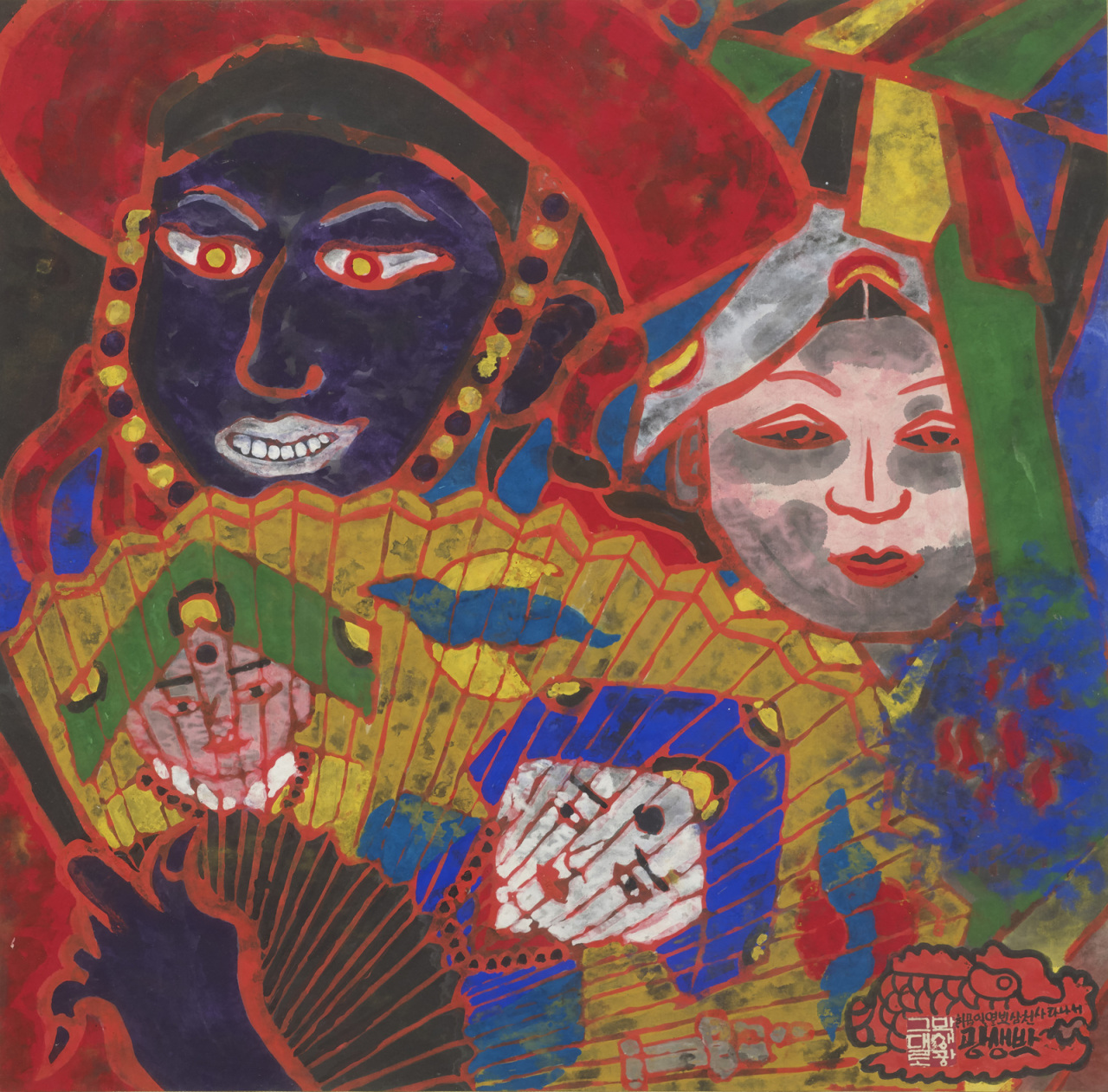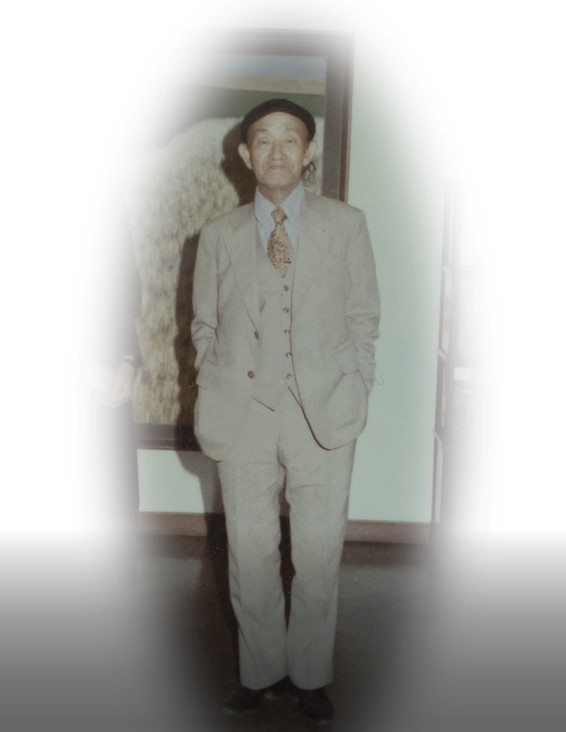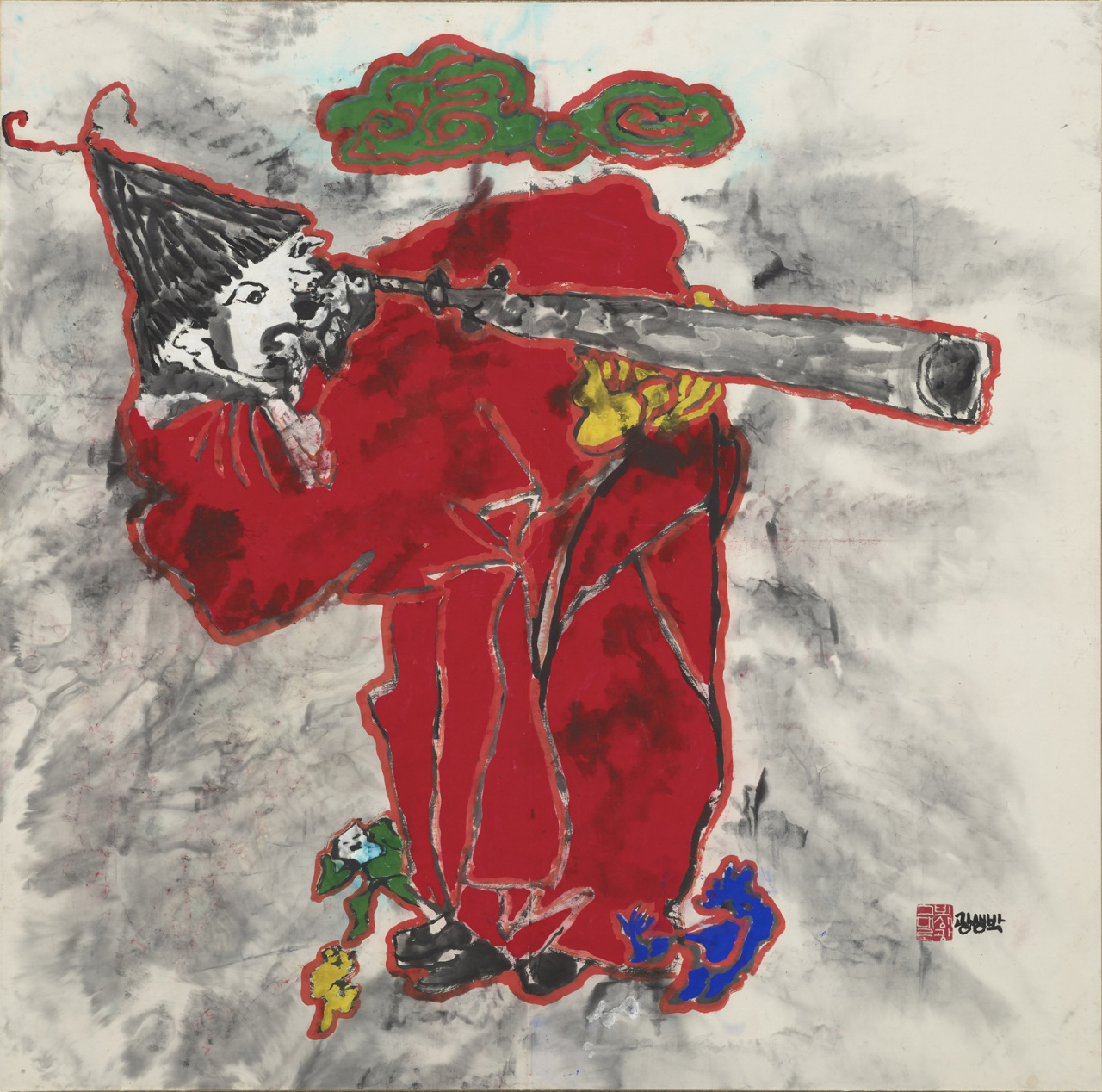Daegu show sheds light on painter who influenced ’80s minjung art
By Shim Woo-hyunPublished : June 19, 2019 - 17:21
A relatively unknown painter, Park Saeng-kwang, is being highlighted at a Daegu museum in an attempt to reassess the artist.
Although the artist’s name is not familiar to most of us, he is considered to have influenced many artists who came after him. Though he did not have any direct ties to minjung art -- a sociopolitical art movement that emerged in South Korea in the 1980s – he greatly influenced the movement, said the Daegu Art Museum’s chief curator, Lee Jin-myung.
Although the artist’s name is not familiar to most of us, he is considered to have influenced many artists who came after him. Though he did not have any direct ties to minjung art -- a sociopolitical art movement that emerged in South Korea in the 1980s – he greatly influenced the movement, said the Daegu Art Museum’s chief curator, Lee Jin-myung.

Born in 1904, Park is largely known for the colorful paintings he produced during the latter part of his career, which incorporated traditional themes and folk elements and often touched on Buddhism and shamanism.
From 1920 to 1944, he studied and worked in Japan, where he also lived from 1974 to 1977.
Then, circumstances forced him to return to Korea.
“My father had to come back from Japan for my mother’s funeral. He was supposed to go back but we insisted he stay,” the artist’s son Park Jung said during a press conference held Monday at the National Museum of Modern and Contemporary Art’s main branch in Seoul.

After his return to Korea, toward the end of his life, Park created shamanism-themed works in a unique style that utilized the traditional Korean color scheme known as obangsaek -- white, black, blue, yellow and red.
“While he was alive, he would go out day and night to go after famous shaman Kim Keum-hwa, who passed away recently. He liked lotus and he liked dancheong,” Park’s son said. Dancheong refers to Korean traditional decorative patterns painted on wooden buildings.
The stylistic change the artist underwent late in life was a dramatic one, curator Kim Hye-jin said.
“I think he became more confident after he got a positive reception from the Japanese art community. By the time he returned to Korea, he was confident enough to try whatever he wanted to create,” Park’s son said.
Park was very much into traditions throughout his life, Kim also said. In addition to dancheong, he was also interested in animals symbolizing longevity found in traditional paintings.
Kim quoted Park as having said, “No people ever strayed from history. There is no art that departs from traditions. All art of the people is based on the traditions of those people.”
Park’s solo retrospective exhibition at the Daegu Art Museum comprises 162 works, ranging from those he created early in his career to his last painting.

The highlights of the exhibition include colorful paintings about shamanism and “Nojeokdo,” which translates into “Old Flute Player.” The unfinished painting was Park’s last work before he died of laryngeal cancer.
“The works show an old man on a boat -- very likely the artist himself -- playing a traditional flutelike instrument. Underneath the boat are human shapes. It is an expression of the man who knows he is on death’s doorstep yet appears free from earthly cares,” said the museum’s director, Choi Eun-ju.
The exhibition runs through Oct. 20.
By Shim Woo-hyun (ws@heraldcorp.com)








![[KH Explains] How should Korea adjust its trade defenses against Chinese EVs?](http://res.heraldm.com/phpwas/restmb_idxmake.php?idx=644&simg=/content/image/2024/04/15/20240415050562_0.jpg&u=20240415144419)











![[Today’s K-pop] Stray Kids to return soon: report](http://res.heraldm.com/phpwas/restmb_idxmake.php?idx=642&simg=/content/image/2024/04/16/20240416050713_0.jpg&u=)